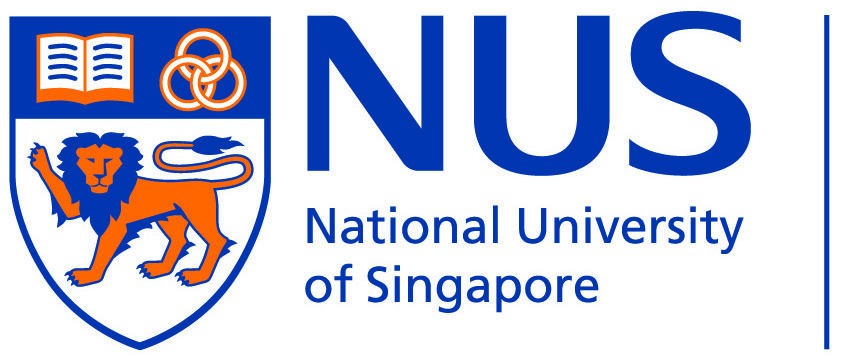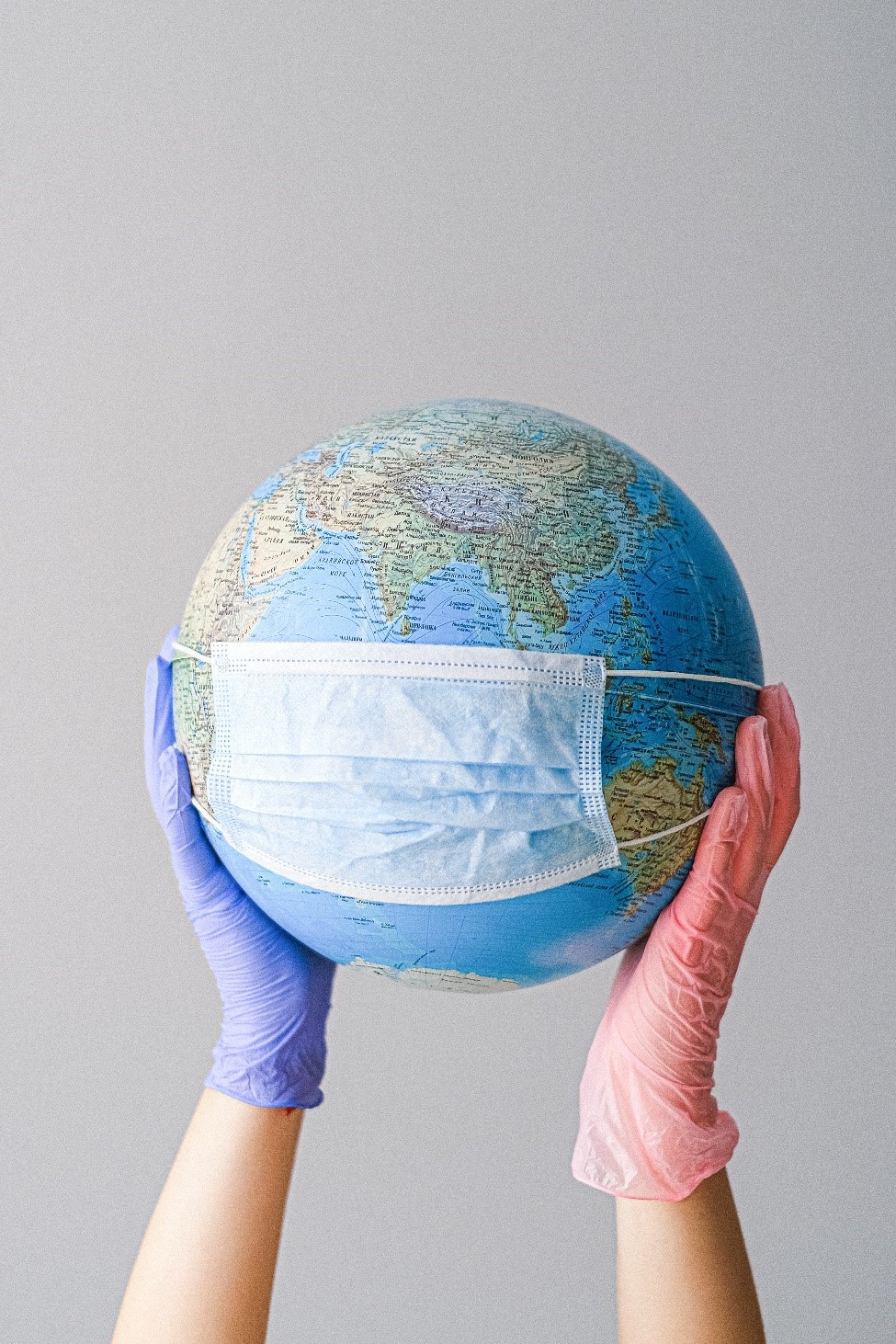NUS’s Pandemic Suite
13 Oct 2020
By Jay Wee
The COVID-19 pandemic has plunged the world into chaos by stealthily sinking its viral fangs into the human population.
If you work or study at NUS, you would probably be well aware of the physical control measures that have been implemented for those heading back to campus. But did you know that technology played a big part in implementing these measures?
So – How is NUS IT Involved?
Introducing the Pandemic Suite – NUS’s effort in our fight against this pandemic.
Simply, it is a consolidation of NUS IT-created modules and solutions designed to act as control measures to combat the spread of COVID-19 within the NUS campus.
You might have even heard of a few of them:
- Temperature Declaration;
- Overseas Travel Declaration;
- Visitor Registration;
- Classroom Attendance;
- NUSafe; and
- Crowd Mapping.
How Did it Begin?
The NUS IT Apps Team was first alerted by management during the Chinese New Year period back in the first quarter of 2020.
The first task assigned was to set up an overseas declaration and temperature recording system platform online. Building an app from the ground up was too time consuming, so the Team unearthed and dusted off the old SARS declaration system, created back in 2003, and tried to resuscitate it.

The task was a walk in a park…Like Jurassic Park!
Reviving a system that was created more than 16 years ago was no easy task. The Team had to tackle an outdated interface, bad user experience and obsolete database; and they only had less than a week to get the system up, before the crowd came back after the CNY holidays.
Without much choice, they revamped what they could within the given timeline but the backend process largely remained untouched – it was a calculated risk the team had to take.
Although the declaration system modules were usable, it could only provide basic features, and there was still much more to be done.
Once declarations started flowing in, data complications arose, and there was no choice but to edit and clean the data manually to keep it coherent and usable for future upgrades. The amount of work was unimaginable!

“Sleep” was Practically Non-Existent for the Apps Team During That Crucial Week
Ongoing Classroom Lessons
As physical lessons continued after CNY, an attendance taking module for quick and accurate contact tracing, if needed, was essential. Lecturers were required to take attendance and upload a photo of the class, which allowed the app to keep a record of who were physically in attendance.
With so much data to process, an overview dashboard was chosen to present the relevant information for staff. Student records, lesson timetables and hostel information were the key variables displayed, and if there was ever a confirmed case, the dashboard could allow for a quick analysis and a better overall sense of the situation.
Connecting individuals with anyone infected, together with their profile pictures and infection periods also allowed OCS (NUS Office of Campus Security) to investigate incidents thoroughly and update the authorities more effectively.
Travel plans of all staff and students can also be displayed to allow management to facilitate advance operations planning (such as hostels and quarantine spaces) if a hotspot was discovered (like that of Italy and South Korea).
Dedicated Staff All the Way
After getting the basics down (phew!), then came the Circuit Breaker (CB). This meant that many of the declaration development was no longer a priority as movement would be greatly reduced.
The Apps Team then took the subsequent weeks to focus on app improvement. For them, CB or not, they carried on. They continued to upgrade the modules with more features but that also meant potentially complicating the app as it presented more chances for bugs and errors during implementation.
This did not deter the team from their goals as they knew that any delay in implementing a control measure after the CB ended could spell disaster for all.
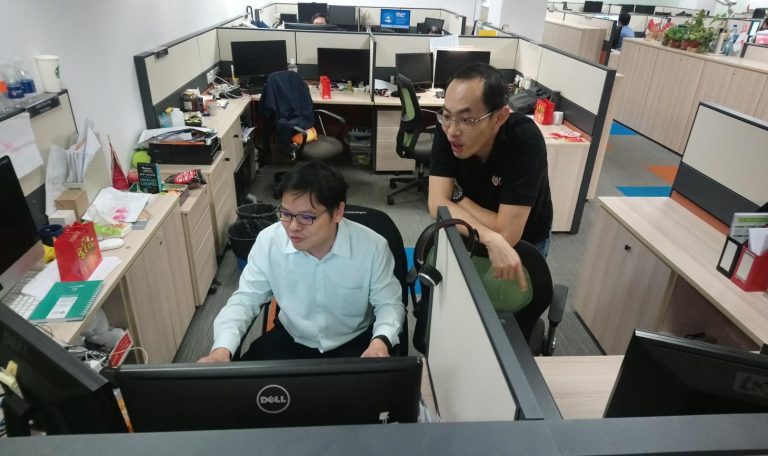
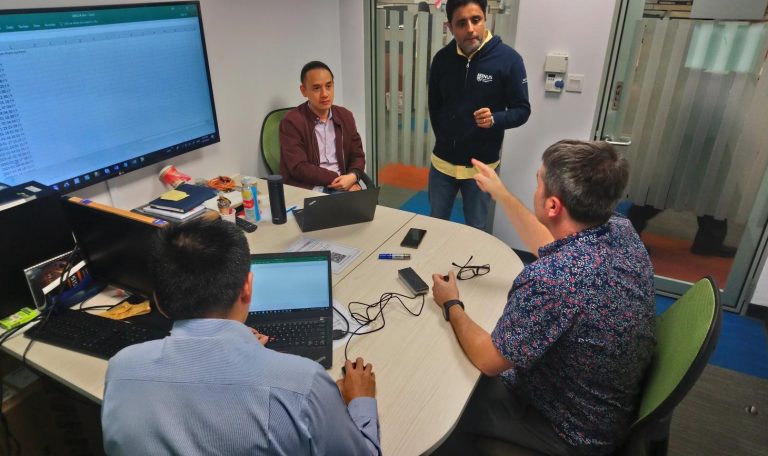
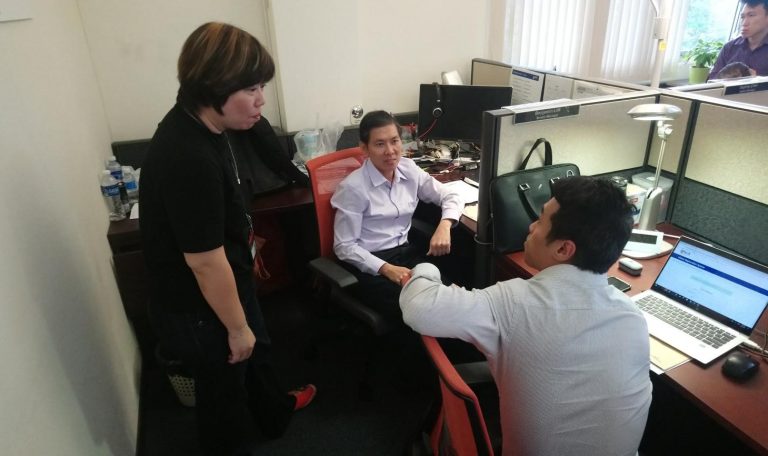
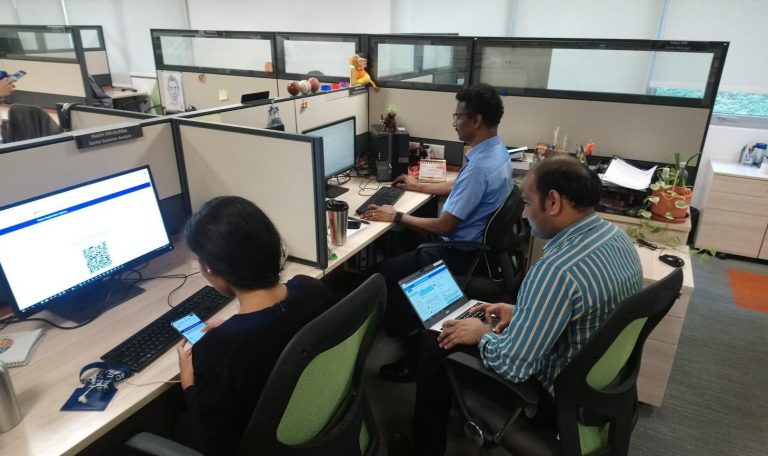
*Pictures Taken Before the Implementation of the CB
The whole suite was done within three weeks to a month. Everybody slept only a little and worked through the weekends.
– Ms Tan Shui-Min, Deputy Chief Information Technology Officer
NUSafe and the Next Wave of Implementation
Before Phase 2 kicked in, NUS wanted to adopt zoning within campus. The task then fell upon the partnership of AI Singapore and NUS IT to present an IT solution to it. NUS IT was in charge of the app front facing user interface (safety profile and passes), while AI Singapore dealt with the back-end engine and data processing part of the solution.
With app after app being developed constantly during this pandemic, it made sense for a unified application to put them together and with that uNivUS, was conceived.
It when also suggested that information on population density on campus could be incorporated as a further enhancement to the zoning solution. Knowing which zone is more densely populated at different times of the day would definitely enhance planning.
With that in mind, NUS IT rebuilt the safety engine and implemented the crowd mapping and zoning system within 2 weeks! A feat indeed, and NUS IT has already received several requests (from local and overseas universities) to learn more about the solution!
In all, building the suite was indeed a once-in-a-lifetime experience for all who made it possible – be they user champions, apps and infra folks or security experts. In times like these, nothing would work if not for teamwork and an adamant sprit that makes long-working hours bearable, sacrifices worthwhile, and the fruits of labour, commendable.
